Mention the term “discovery phase” in a room full of product managers, analysts, executives, entrepreneurs, or developers, and you’re certain to garner myriad responses: everything from nods of agreement and appreciation to rolling eyes and exasperated sighs. In fact, in the design and development process of digital products, there’s perhaps no phase that is more widely misunderstood between clients and the agencies they hire.
The reasons for this are understandable. Some want to abbreviate the discovery phase because they feel the pressure to bring a product to market sooner than later. Or they see discovery much as they do onboarding, with little practical value in the grand scheme of a product development cycle. Others have a hunch about an important data story or data product concept, but are concerned they “don’t yet know enough” to approach a design partner.
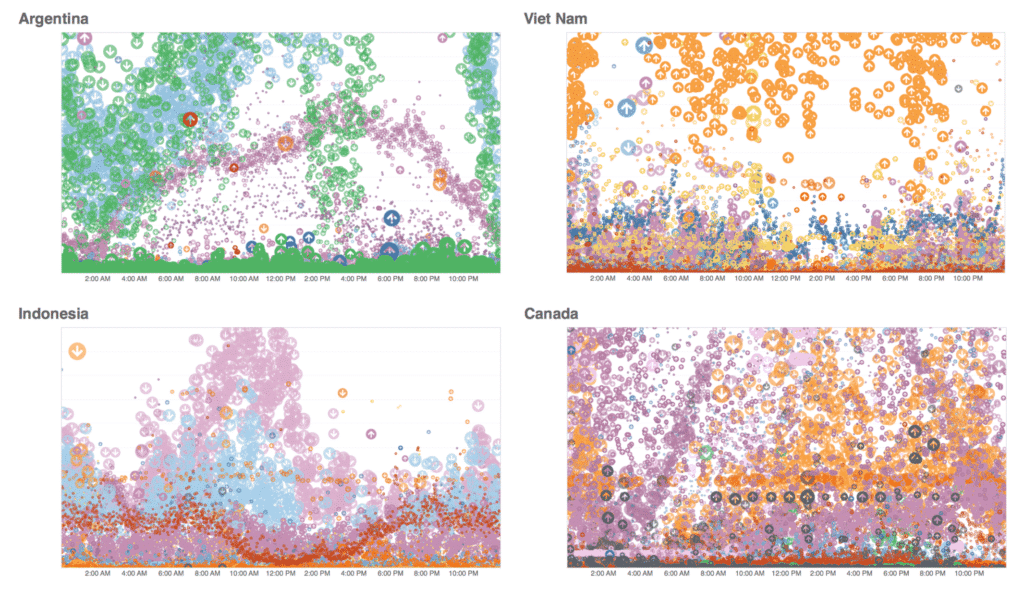
All of these concerns stem from a desire to make the most out of the available budget. Any sensible buyer should have them.
However, discovery is one of the most critical underpinnings of successful design and data visualization projects. Understanding the benefits of a thorough discovery process—and the client-centered products this phase should generate—can help you differentiate firms that only offer a caricature of discovery and design thinking from those that use this crucial time of exploration to accelerate the success of your project.
Coming Up With The Right Idea Takes Work
Discovery is a journey by definition. It is a flexible roadmap for the development of your project where goals, expectations for success, and preliminary requirements are given measurable form. Stakeholders and end users are identified. In a focused discovery and planning phase, you will also root out constraints, assess risky assumptions, and identify creative pathways through these challenges. Prototyping and wireframing can happen during discovery, as well.
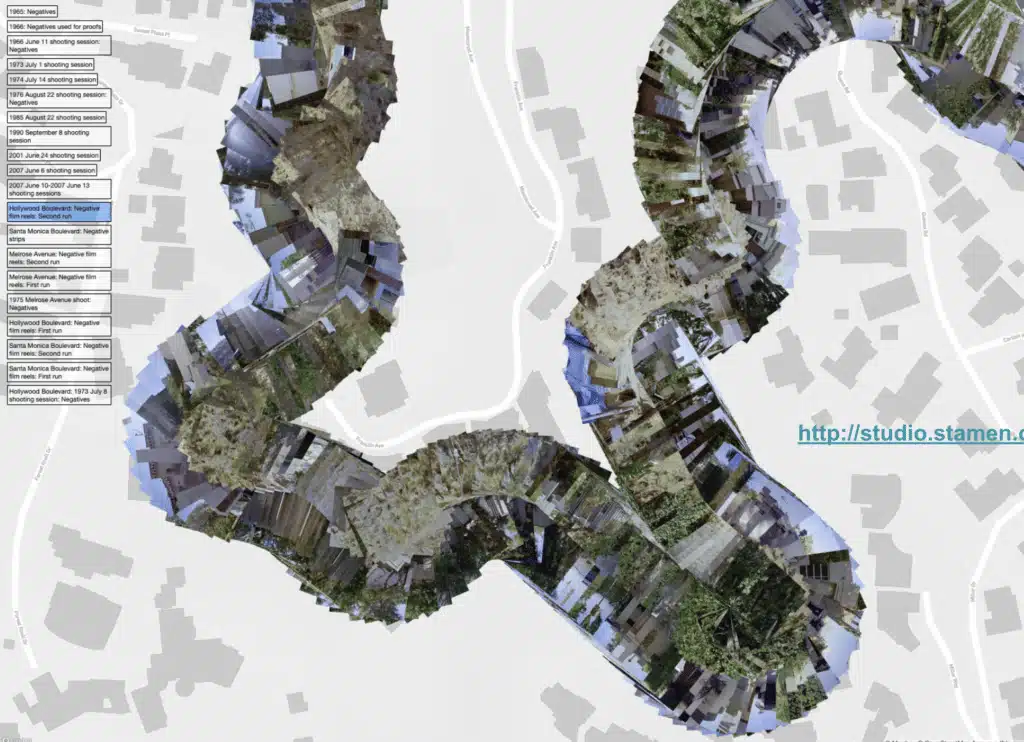
At the highest level, the steps involved in the discovery process are quite simple. First, fully understand the problem and the goals. Second, explore a wide range of possible solutions. Third, iterate extensively through prototyping and testing. Finally, detail and document a rapid data product strategy.
Understand the Problem and the Goals, to save Time and Money
The discovery phase invites your business, product, and marketing teams to join together and fully understand the problem you are trying to solve. You will unpack your project from the inside out, setting it up for the most success. And it can be tempting to consider skipping this step, especially if you feel you’ve already done this work before reaching out to a partner. But it will only hinder your project in the long run. Early alignment on project goals prevents significant (and costly) roadblocks down the line. Let’s talk about why.
Consider the process an organization undergoes whenever they hire a new employee. After vetting a candidate and bringing them on board, it would be a mistake to simply drop them directly into interfacing with customers and leading projects on their own. Instead, an element of onboarding should be to ensure the new employee’s smooth and full integration into performing informed and quality work. This is somewhat analogous to hiring a design firm. After all, the firm is your partner and your employee. They need to deeply understand your goals, data, design philosophy, and branding. They need to explore how you think and the problems you are trying to solve.
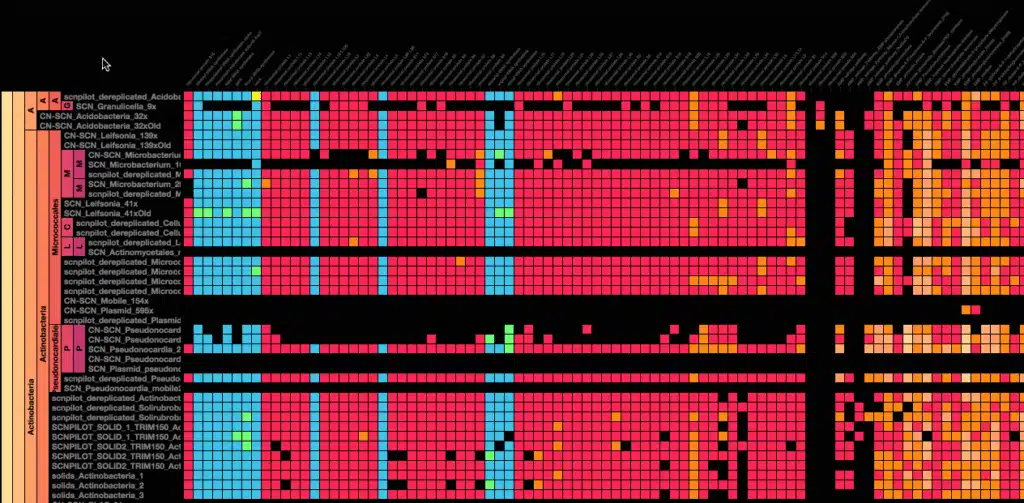
And having this new set of eyes on the problem you are trying to solve is extremely valuable. Most people connect their problems and goals to the bias of their own experiences. However, the actual problems your project needs to solve are often obfuscated by these biases and assumptions. And it takes a design partner to uncover them.
With most projects, a modified 80/20 rule applies. 80% of the problems that will emerge throughout a project’s development often come from 20% of the causes. Finding out as much as you can about the 20% in this first step of the discovery phase saves you significant time and money as the project progresses.
Explore the Possibilities
In the second step of the discovery process, you sit in the solution space and go wild with brainstorming. At Stamen, we’ve seen many of the potential paths that a seemingly simple map or data visualization can take. By bringing this knowledge and experience to the table, we work with our clients to explore various possibilities until landing on those that fit your project’s goals perfectly.
Testing the Vision
Solutions are best explored through drawing, wireframing, modeling prototyping. Bringing the ideas identified from the brainstorming phase of the discovery process into a more tangible state allows you to see what works and what doesn’t. This step is highly collaborative and rapid. Design. Build. Test. Repeat. And the sooner you can be working with real data, the more efficient this process can be.
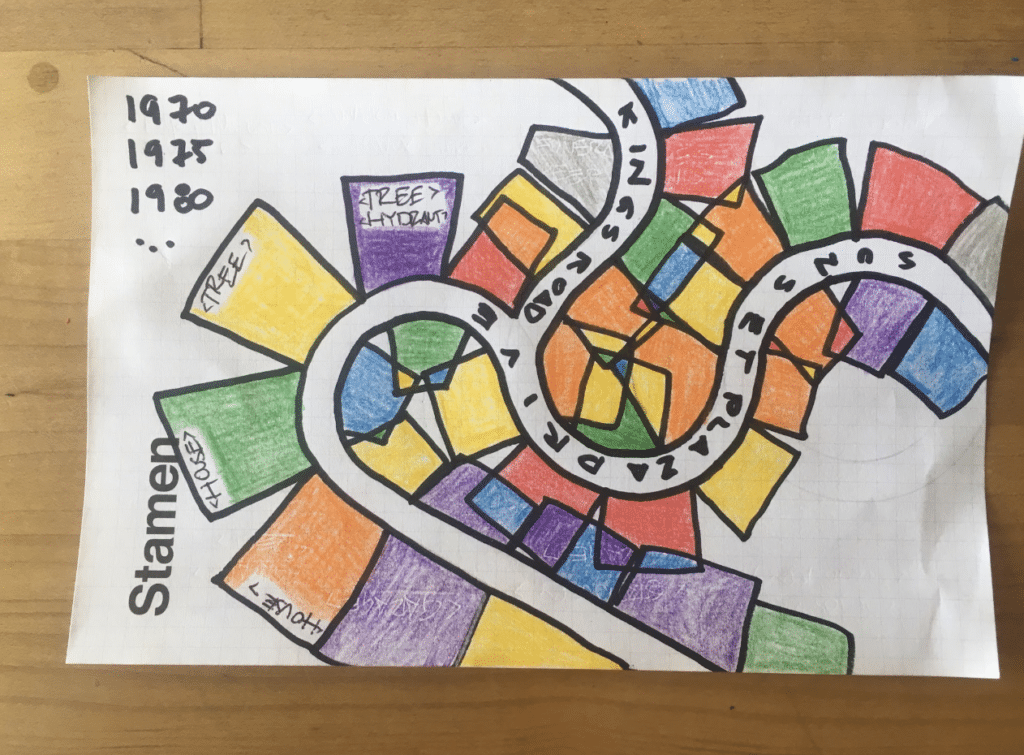
Interrogating each iteration of your project’s experimental models allows you to play with your data in the truest sense of the word. You can examine your data visualizations and the stories they tell from different angles, getting a true feel for how your audience will experience the final product.
In this step of the discovery process, you’ll often find that some of your ideas from the previous brainstorming step are better in theory than practice. And often working in this way can suggest new and better ideas than were possible without this step. As the merits of various designs are revealed through this early prototyping, you hone in on the best path forward.
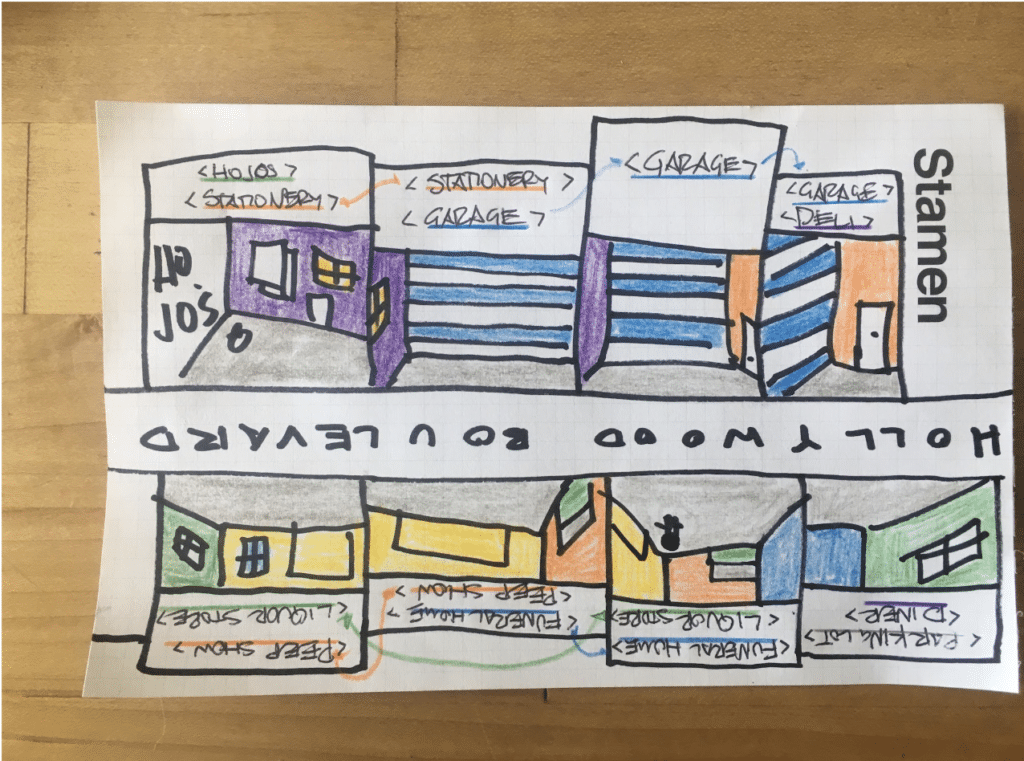
Your Data Strategy Product
The discovery phase ends with a practical manifestation of the data project needs and desires that brought you to a design firm to begin with. Sometimes it’s a roadmap. Or it’s a list of specs. It’s always a form of documentation that details everything explored in discovery and identifies the scope and requirements for the project moving forward.
We call this a rapid data strategy product. Rapid, because the discovery phase of working with our firm happens quickly and methodically, with much focus and intensity. Data strategy, because that is precisely what this documentation entails: the plan for how your data visualization or mapping project will move forward. Your rapid data strategy product will include some combination of deliverables relevant to your specific dataviz project, including:
- User flow maps: schemas that detail how users will interact with and navigate the data visualization or map product
- Project development architecture: a high-level outline of the project’s infrastructure detailing how design elements and data will be layered together
- Wireframes: user interface design drafts
- Prototype: based on the data
- UX/UI concept: a mockup of the final product based on the wireframes
- Project backlog: a breakdown of the work needed to develop the project
- Project roadmap: a project timeline with identified milestones and dependencies
- Budget and engagement model
Even if you decide not to pursue a partnership with Stamen beyond the discovery process, you can take your rapid data strategy product and pursue its development elsewhere or at a later time.
Discovery Sets the Tone and Stage for Success
While it may initially seem like a time-consuming additional expense, discovery is quite the opposite. As Benjamin Franklin once said: “If you fail to plan, you plan to fail.”
Done well, the discovery phase establishes the vision for your data visualization or map-making project, upon which the entire product lifecycle will be built. Completing a thorough discovery process aligns all parties and identifies challenges early on, resulting in a better chance of avoiding major changes at advanced stages of the project’s production.
Of course, the best way to appreciate the value of a thorough discovery process is to experience it yourself. Whatever it is that you’re making with data, Stamen can help.
